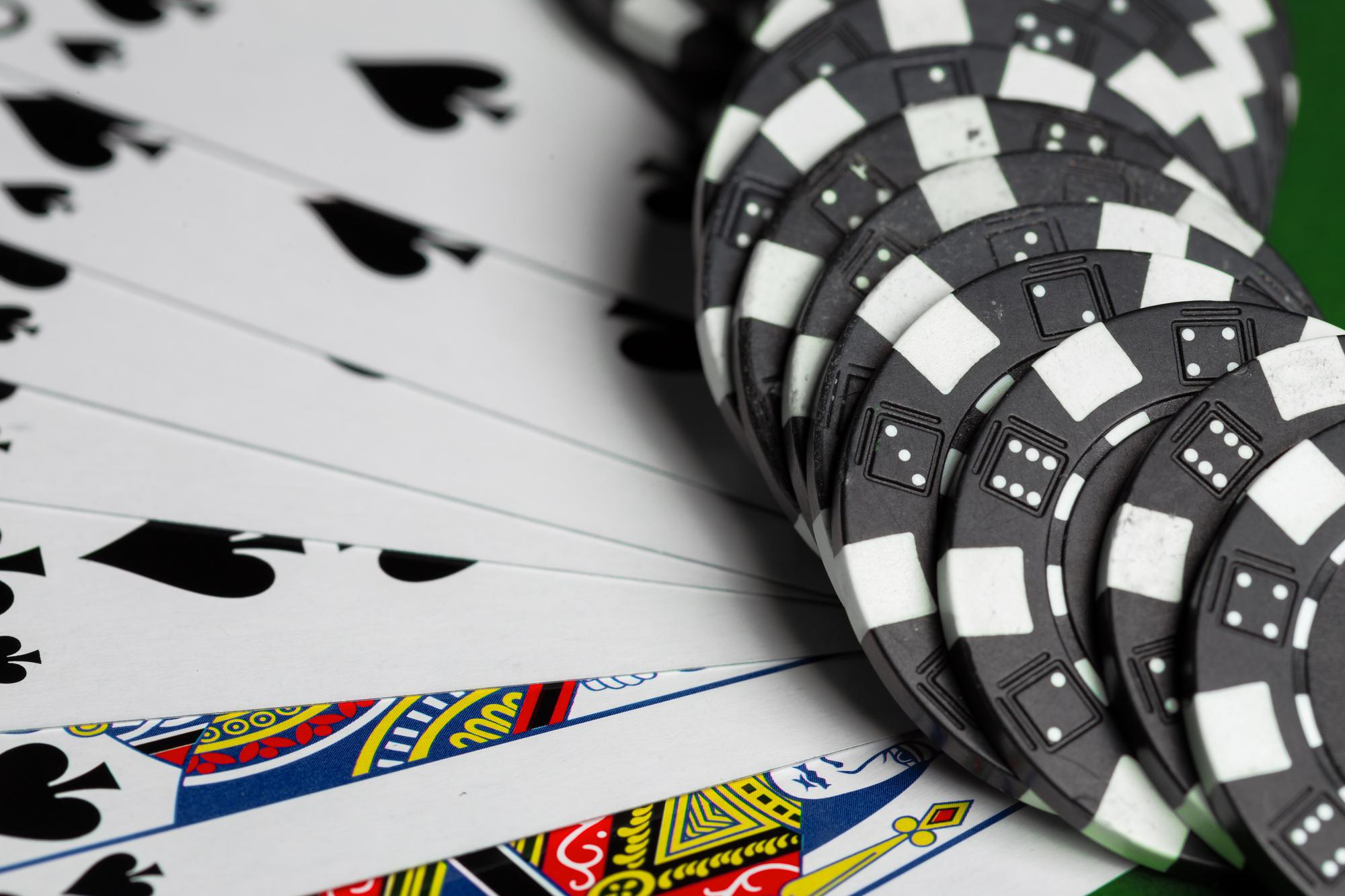When to Use the Reverse Martingale Strategy in Gambling
In gambling history, players have been looking for systems and tricks to somehow tilt the odds, even just a little, in their favor. Progressive betting systems are among the most famous strategies to do this. One such method, the famous Reverse Martingale, also known as the Paroli or Anti Martingale strategy, has attracted many bettors. These bettors prefer not to ride the hot streaks but take some action to somewhat “fix” their odds. Unlike the classic Martingale system, which doubles your bet after a loss, this version flips the logic. Basically, you increase your wager only after you win.
This is a slightly gentler alternative since it capitalizes on momentum and, in some way, limits the downside. However, it still carries risk - and it only works best under specific conditions.

https://www.freepik.com/free-photo/poker-chips-table_21067163.htm#fromView
Games That Suit Reverse Martingale
This modified Martingale strategy fits best with games offering near-even money bets. Basically, in games where your chance of winning is close to your chance of losing (ignoring the house edge). You can find many variants of these casino games at Energycasino, including roulette, blackjack, baccarat, and even craps. Seeing how the casino has plenty of options for different bet sizes, you can test your strategy with a smaller investment before you are confident to invest larger sums.
Let’s take a look at the top options:
-
Roulette: Bets like red/black, odd/even, or 1-18/19-36 are ideal. The progression is simple: start small, double after a win, reset on a loss.
-
Blackjack: If you like using basic strategy (to reduce the house edge), a progressive component could make a lot of sense. The drawback is that streaks in blackjack are less clean than in pure-even bets.
-
Baccarat: Betting on Banker or Player offers relatively even returns, so applying Paroli here is common. Still, this is best if the commission on Banker bets is acceptable.
-
Craps: The Pass Line bet and related free odds come close to an even-money structure, so you can use this strategy here, as well. Still, you should stop to consider the table rules and the casino edge.
How the Reverse Martingale Works
The core logic of the Martingale Reverse system is as follows:
-
Begin with a base wager (like 1 unit)
-
If you win, you double your next bet
-
If you lose, you revert to the base stake
Optionally, you can predetermine a cap. For example, after 3 or 4 consecutive wins, you take your profits and reset.
The Math Theory
The Reverse Martingale system leans on streaks. You hope to string together wins, and when you do, your profits compound rapidly. But long streaks are statistically rare. For example, with a 50% win rate or so, two consecutive wins happen only 25% of the time, three wins 12.5%, and so on.
Note that this approach doesn’t alter the expected value or erase the house edge. In some way, the strategy just redistributes risk. When you lose, the loss is limited to your base stake, rather than mounting bets as in traditional Martingale.
When Reverse Martingale Has the Best Shot
Here are the scenarios where this strategy has its best chance:
-
You have a modest bankroll and want to protect it. Losses reset to base, so you avoid compounding disasters. This is especially appealing to players exploring systems like Martingale sports betting, but who want less exposure.
-
You sense a hot streak or momentum. If the game seems in your favor (as much as anything can in gambling), riding the wave can pay off. It’s the same energy that fuels a double down roulette strategy - pressing your edge when luck’s on your side.
-
You stick to low house-edge, even-money bets. The closer the wager is to true 50/50 (after you factor in the house edge), the more stable the progression. This is why games like Reverse Martingale blackjack and baccarat provide such balanced opportunities.
-
You play short sessions. The longer you play, the likelier variance erodes gains. Controlled, limited runs will give you better odds of walking away ahead.
Reverse Martingale vs. Classic Martingale
|
Feature |
Reverse Martingale |
Classic Martingale |
|
Bet doubling |
After wins |
After losses |
|
Risk profile |
Loss limited to base stake |
Potentially large drawdowns |
|
Capital needed |
Lower (you don’t need huge reserves) |
Higher (need to sustain losing streaks) |
|
Psychological appeal |
Ride streaks |
Chase losses |
For those who are drawn to progressive systems, this is a gambling strategy double bet with a psychological twist. It rewards discipline, not desperation.
Real-World Results
The Reverse Martingale strategy has often led to serious losses as well, since long winning streaks are too rare. According to Wizard of Odds, it’s appropriate for achieving big winning goals. Yet, it paradoxically “usually results in a session loss” when it is tested over billions of runs.
On forums, skeptics warn that one loss can wipe out the gains from multiple wins, so you should be careful. Others suggest that unless your win rate and profit/loss ratio are very favorable, Reverse Martingale tends to lead to breakeven over time.
When This Strategy Truly Shines
To really get the most out of the strategy, you should do the following:
-
Pick the right games: even-money bets in low-edge games.
-
Set a streak ceiling: cap at 3 or 4 doubles to lock in profits.
-
Use a modest base stake and don’t overcommit your bankroll.
-
Quit while ahead: recognize when to walk away.
-
Maintain discipline: don’t ever chase or deviate mid-sequence.
This strategy is perfect for players who gamble for short bursts and can resist the temptation at peak moments.


